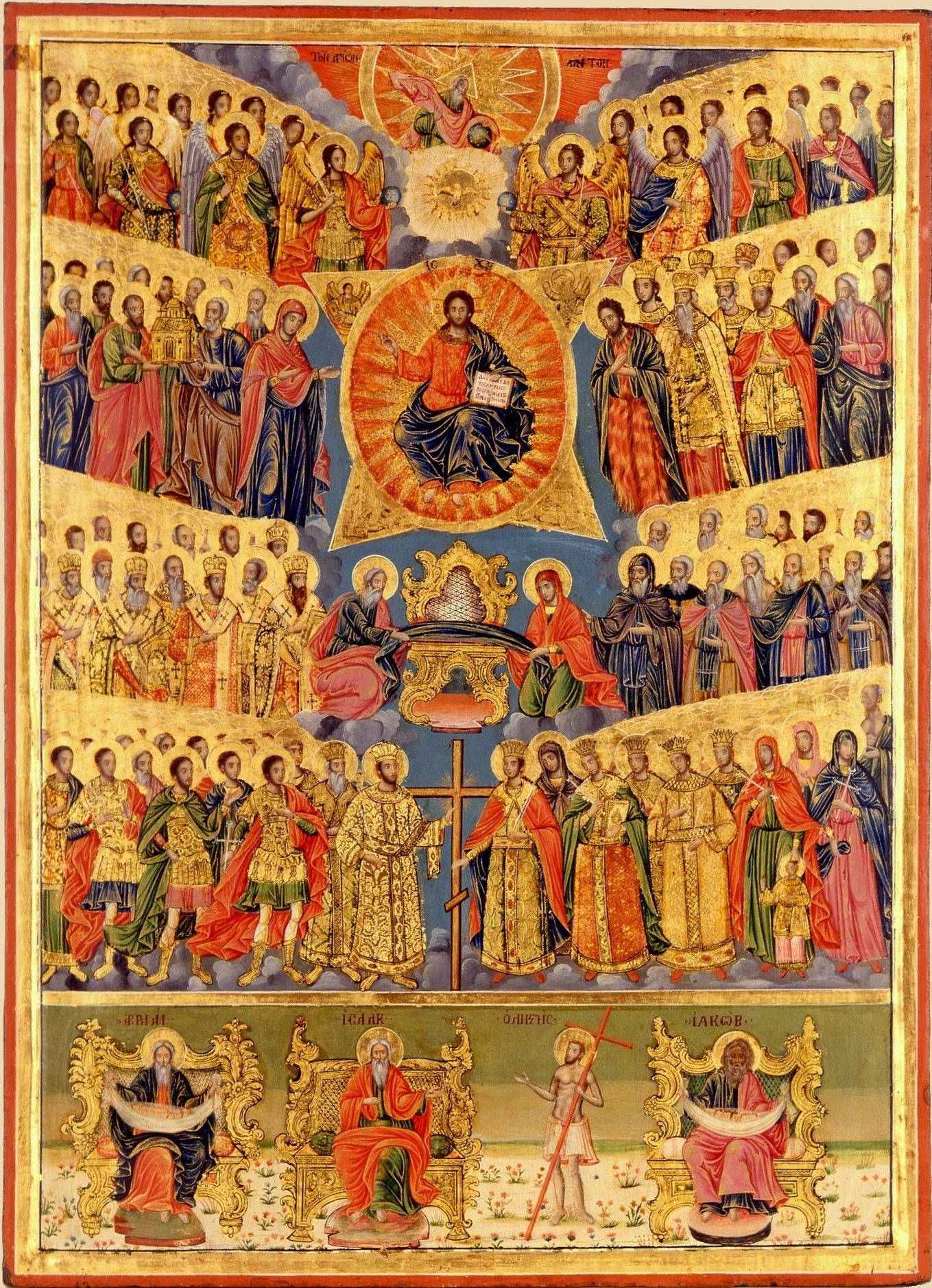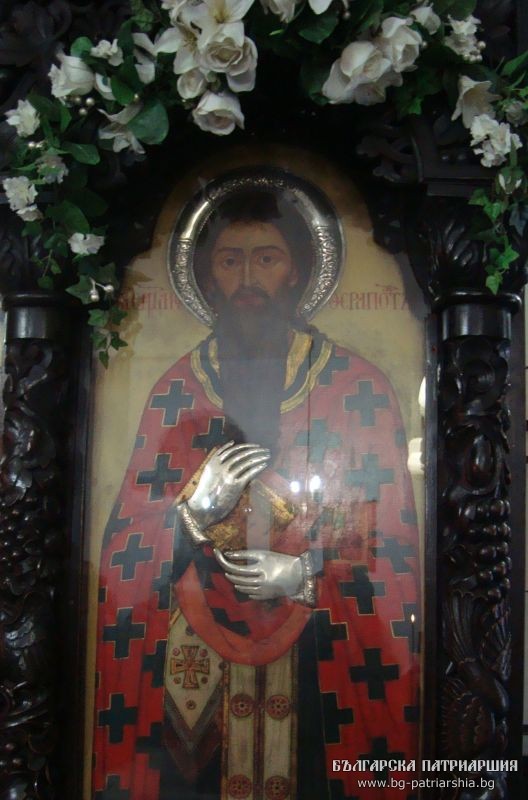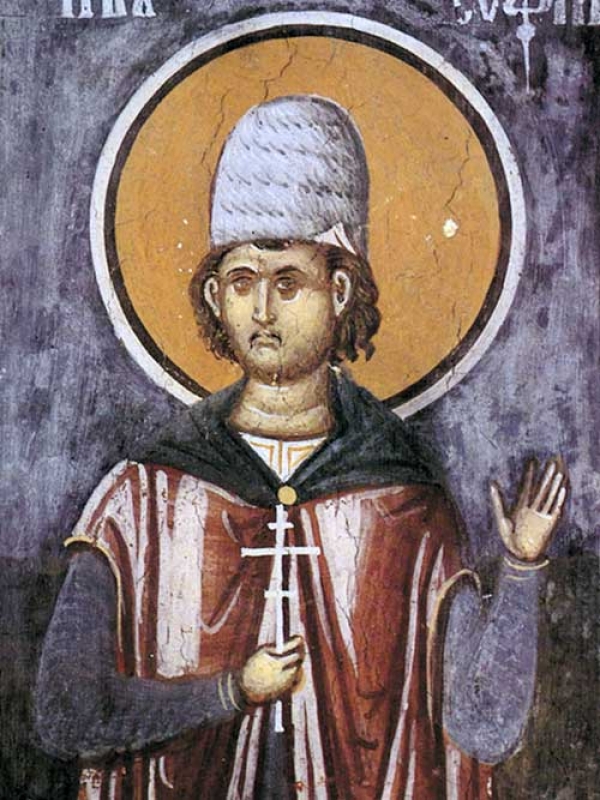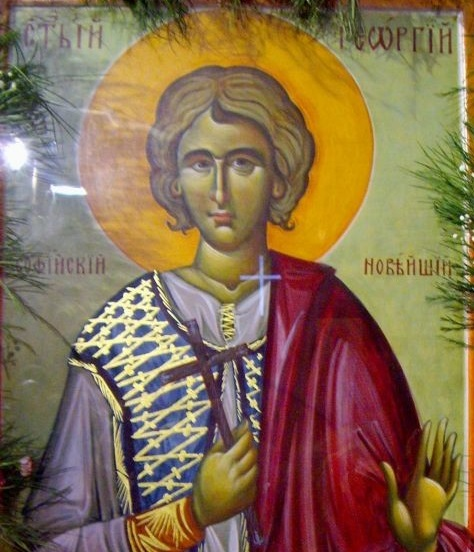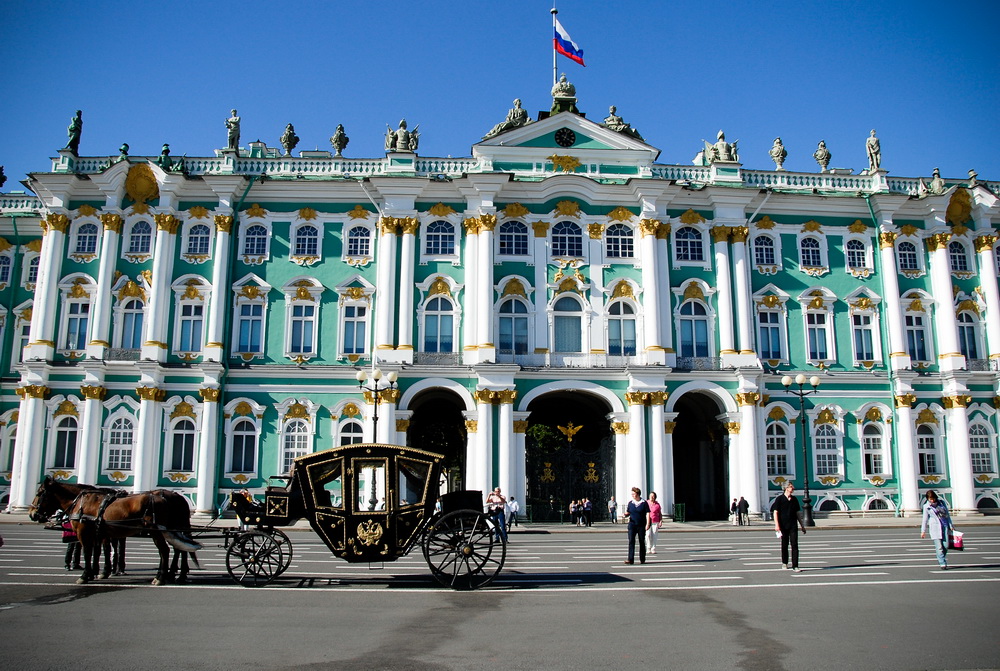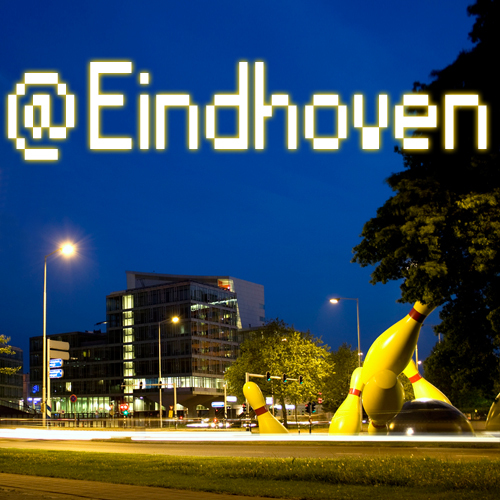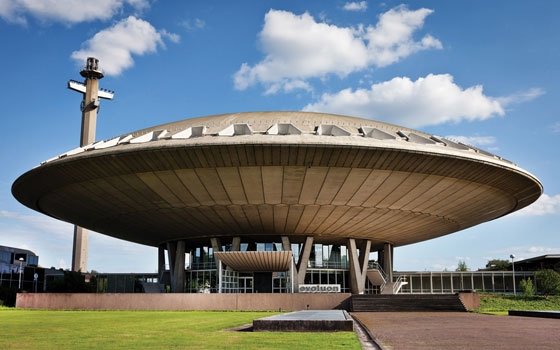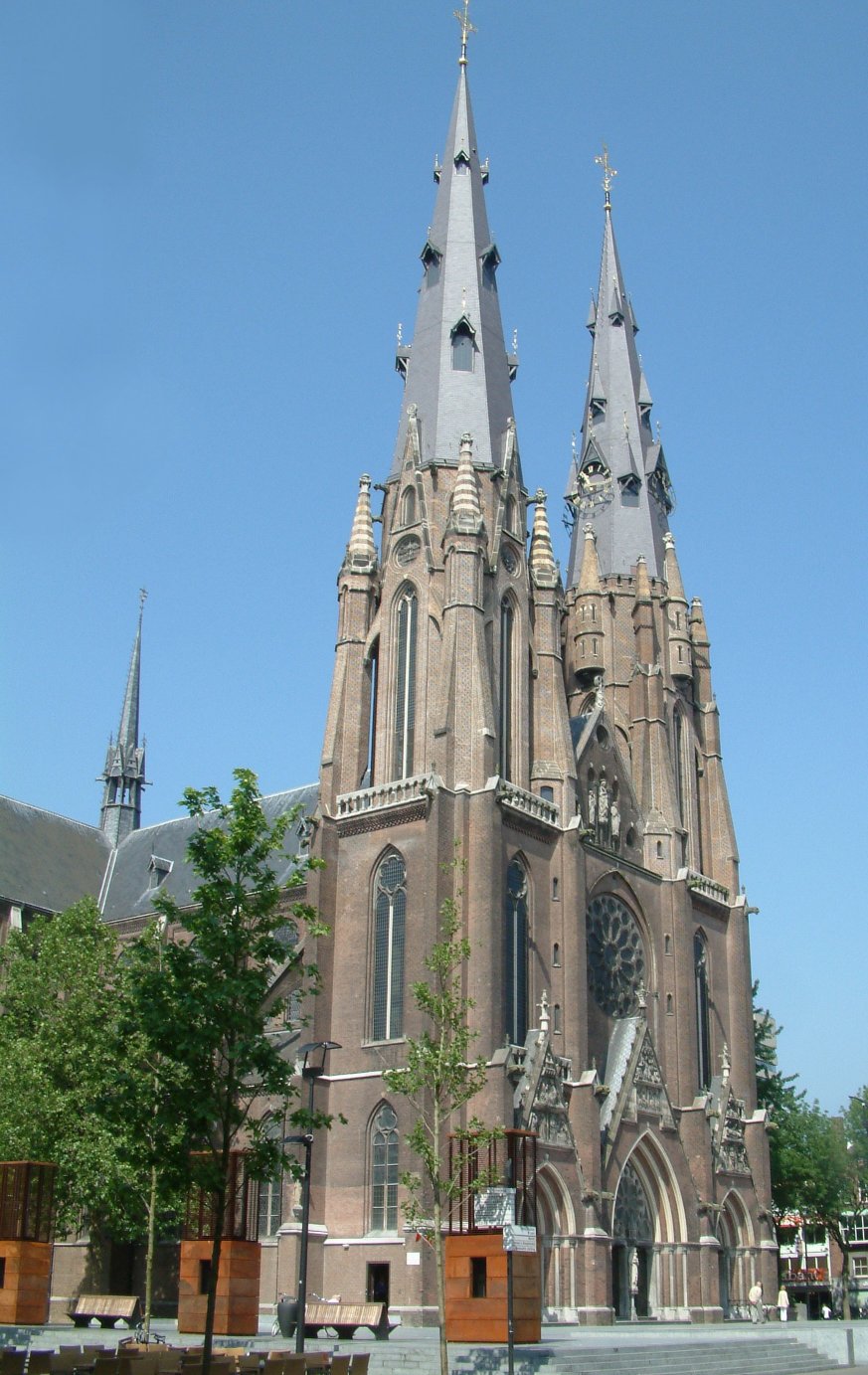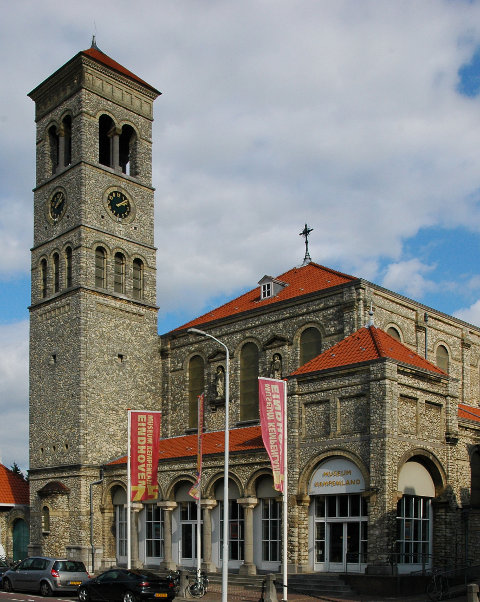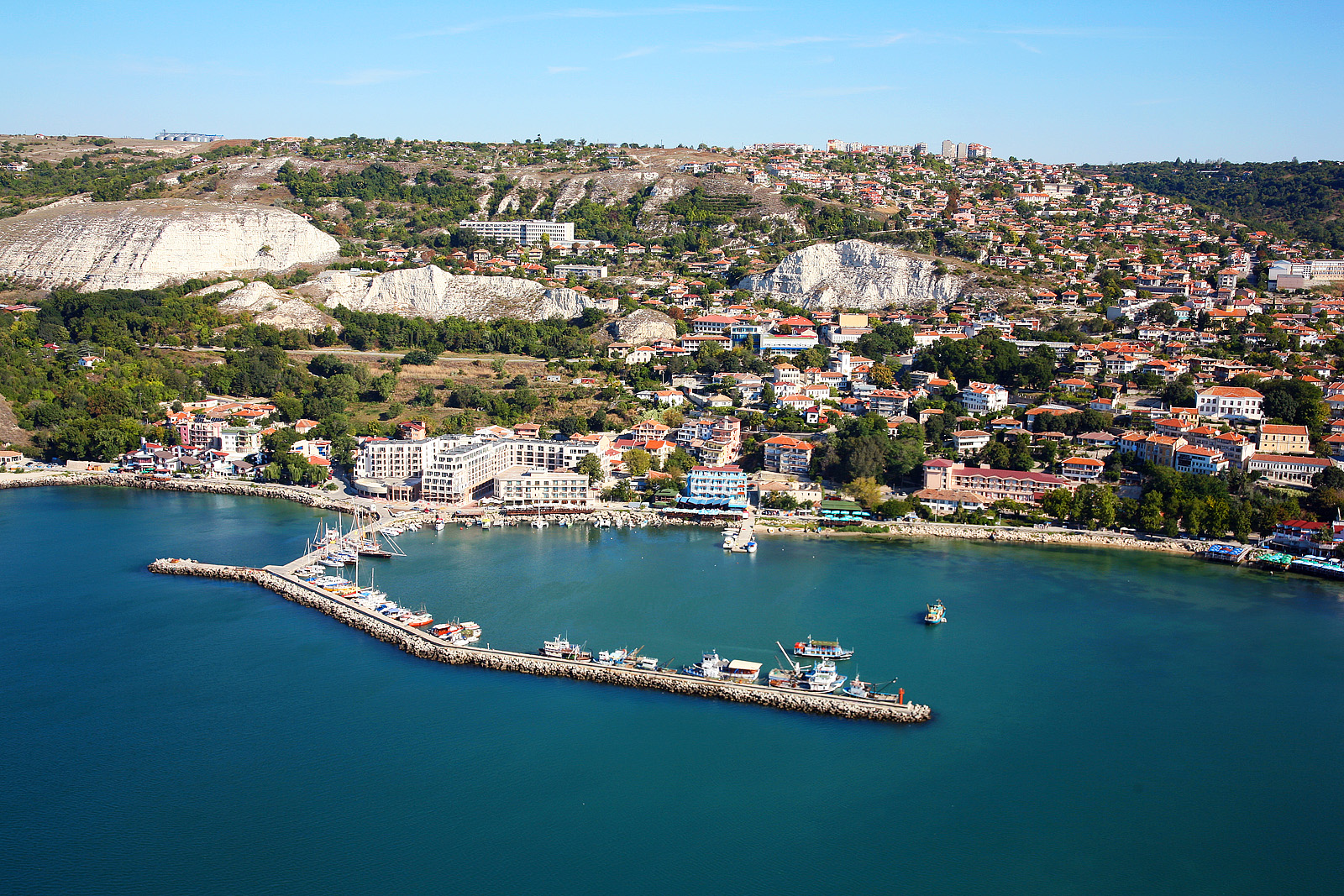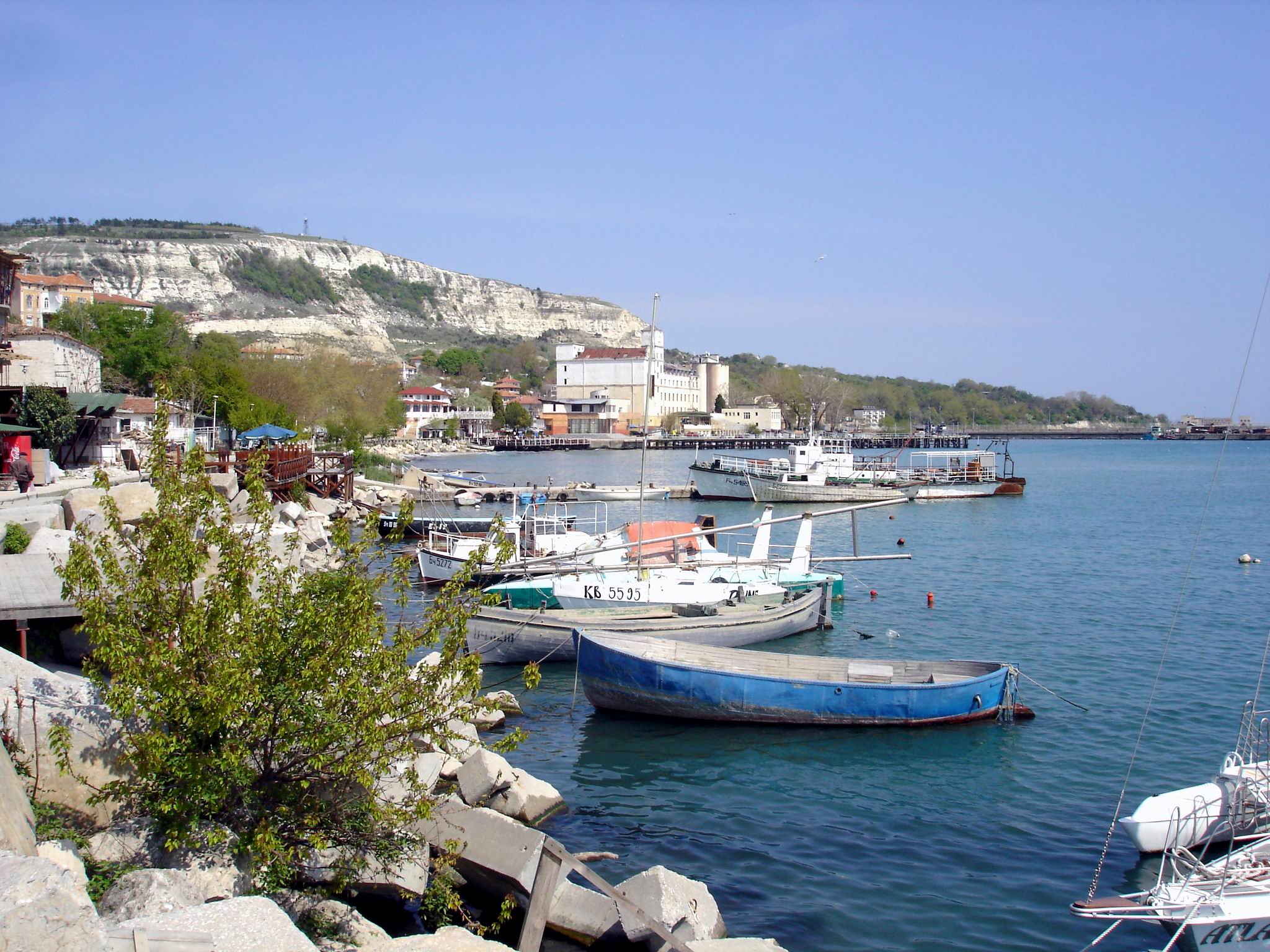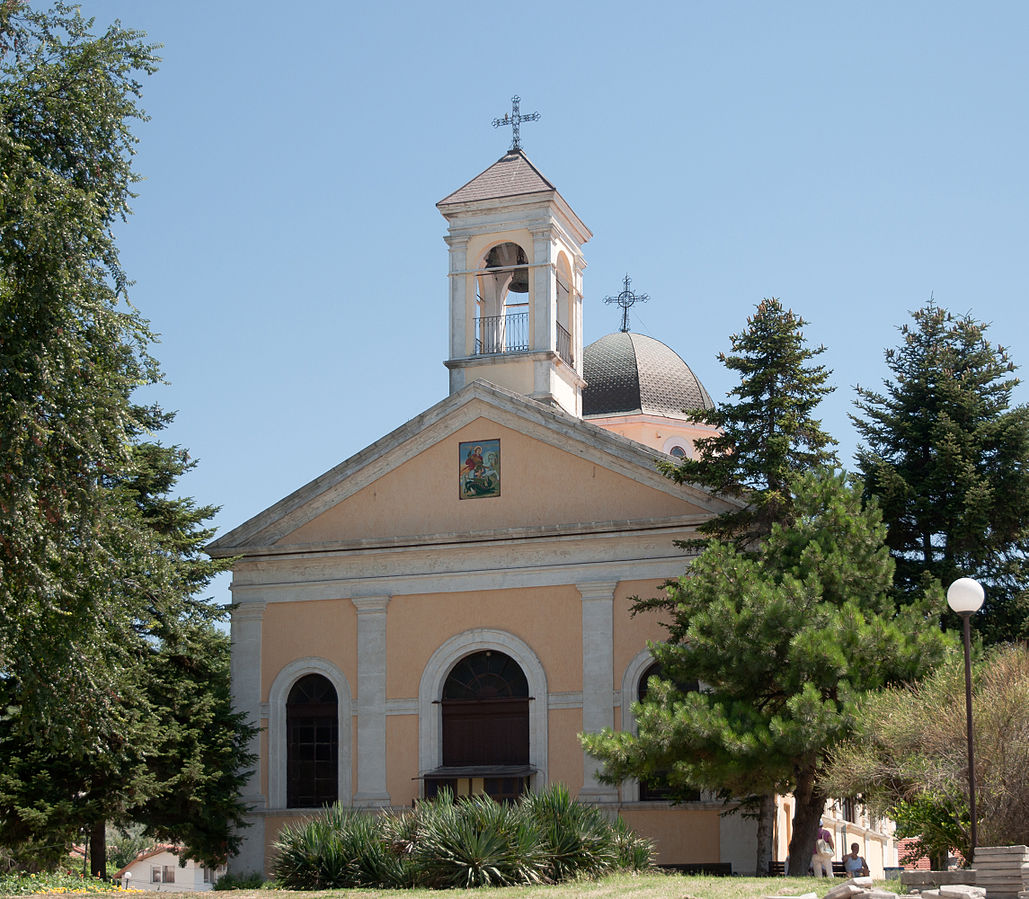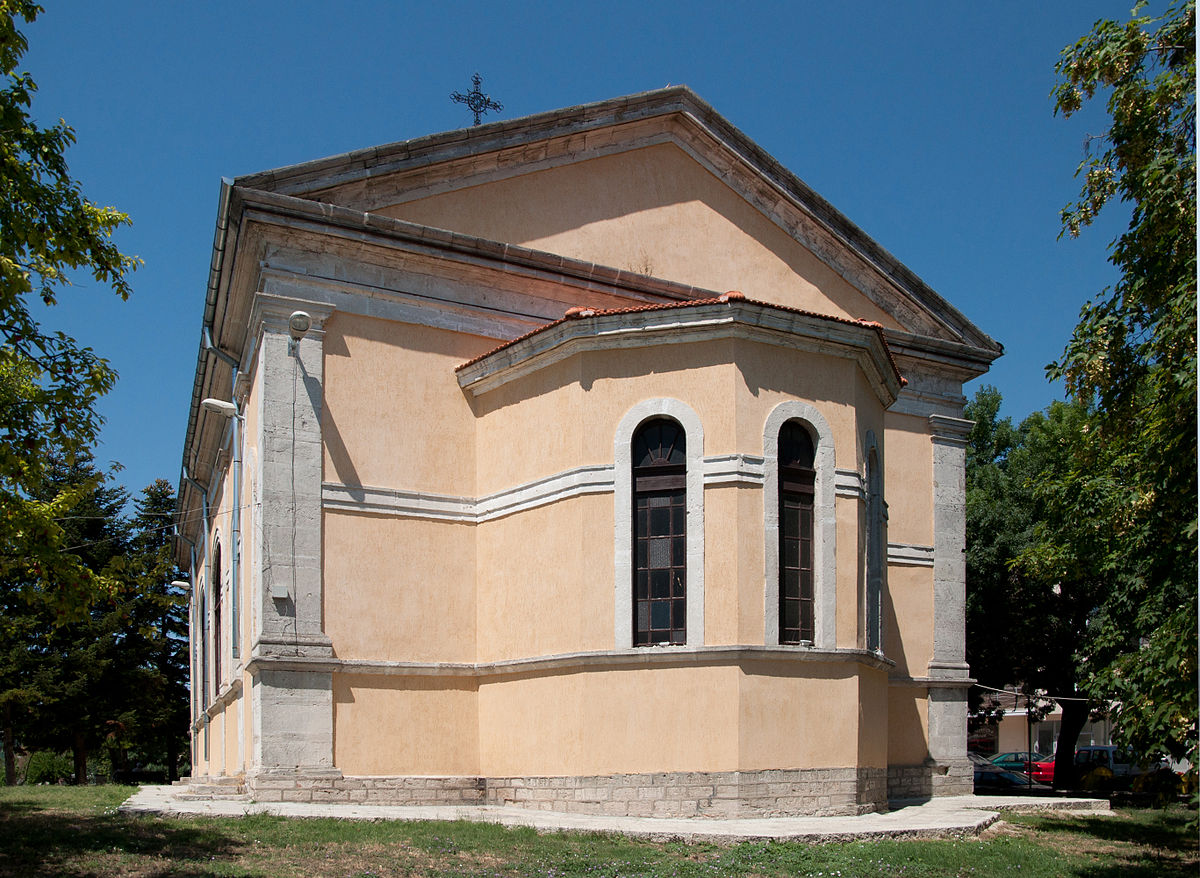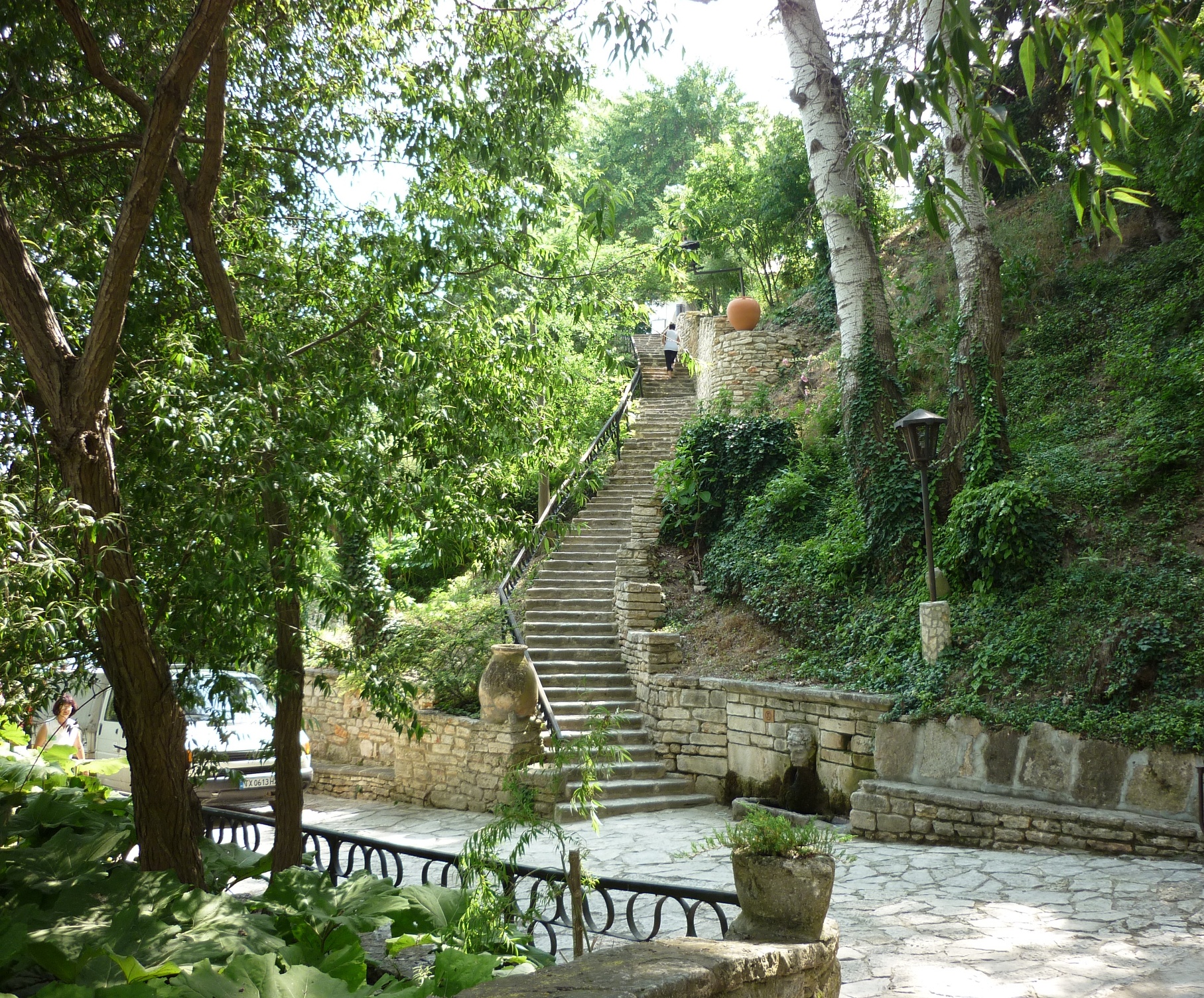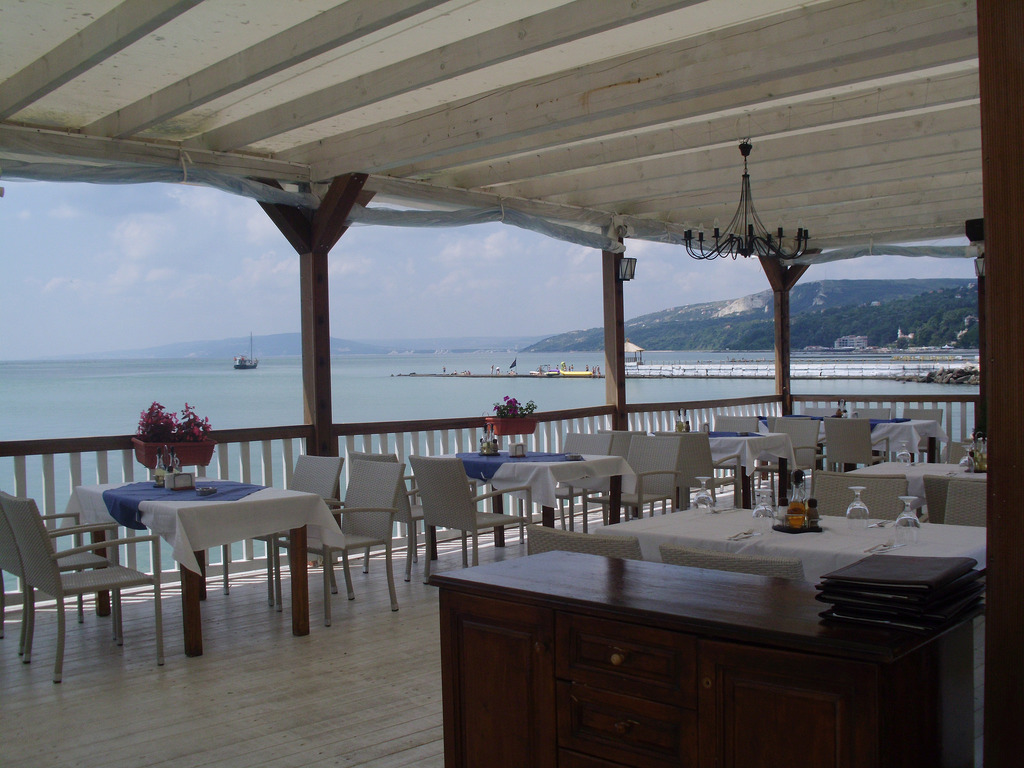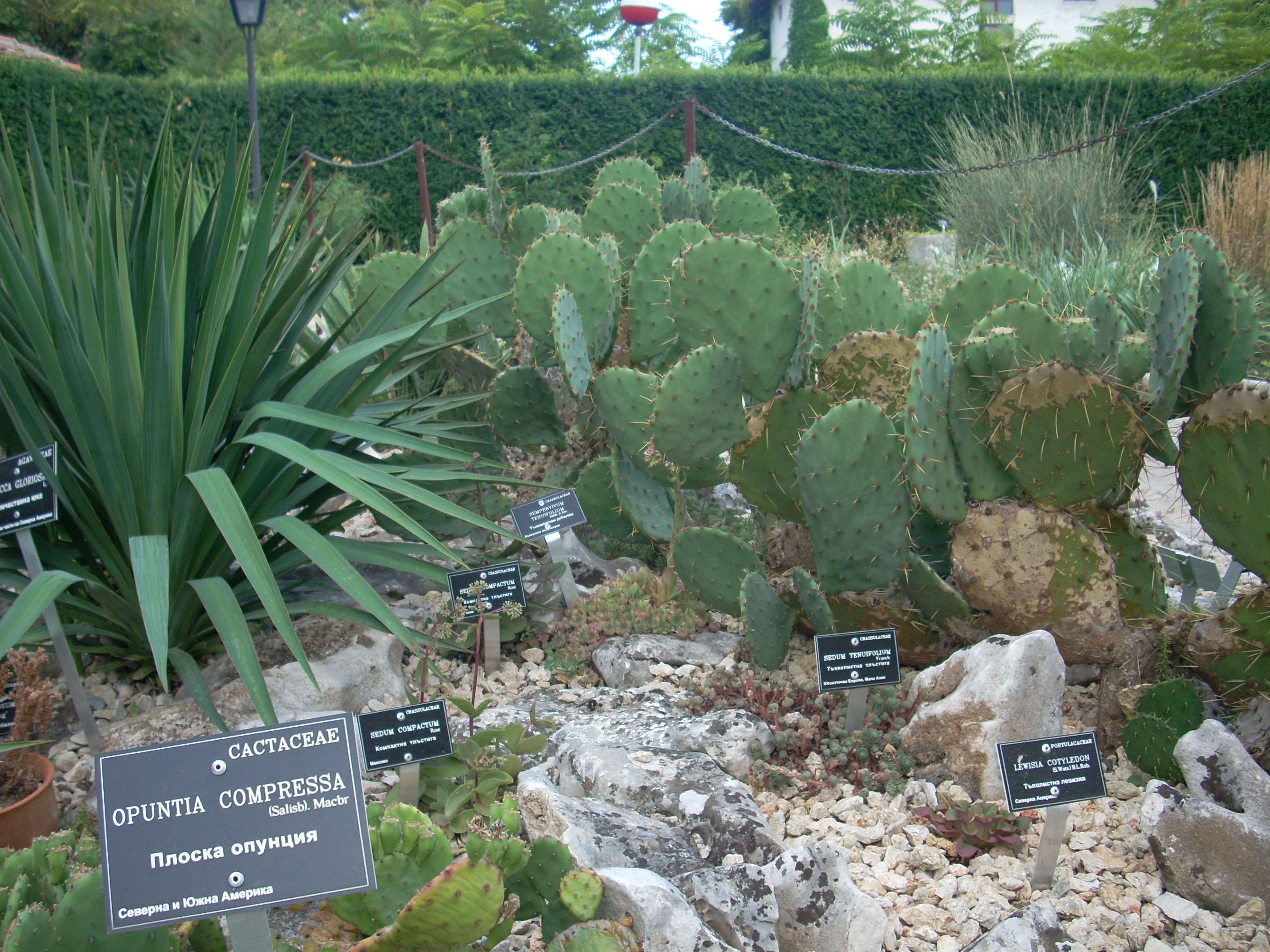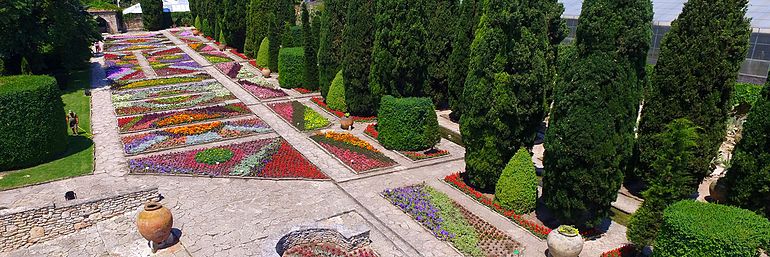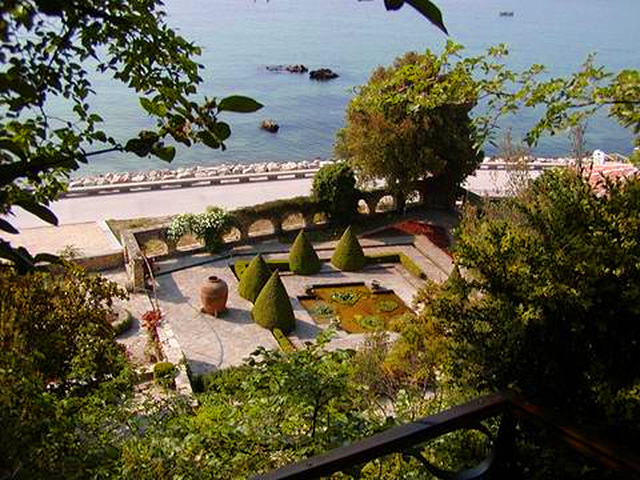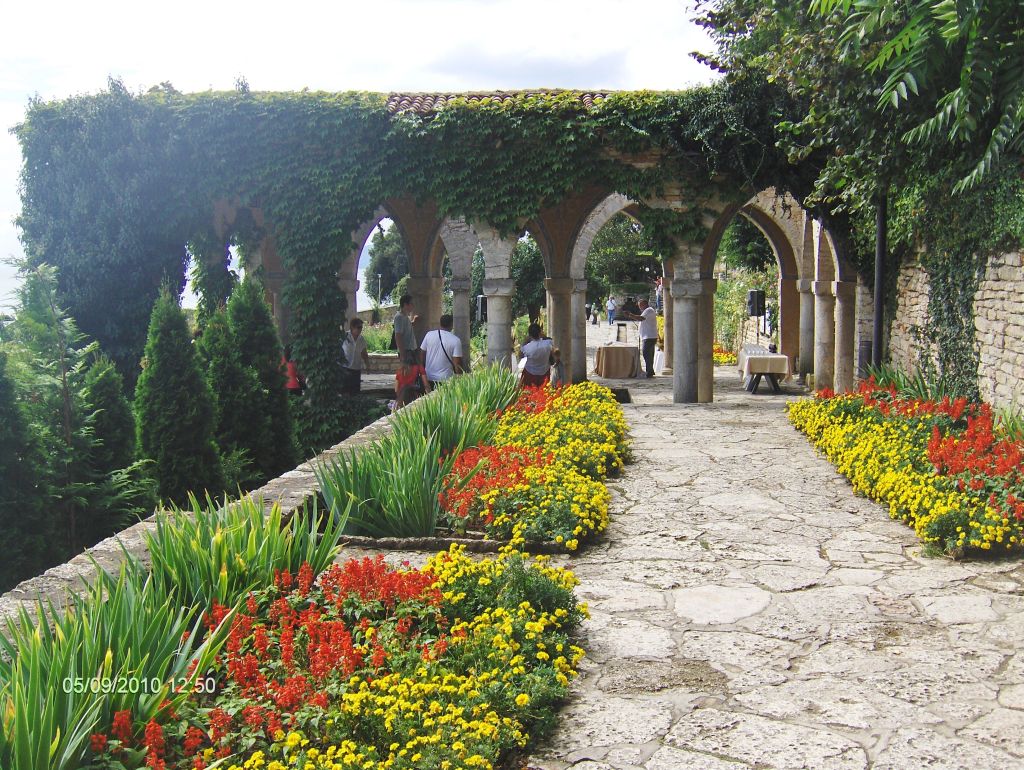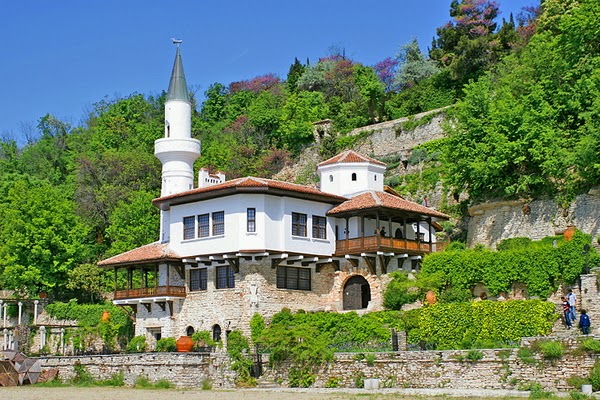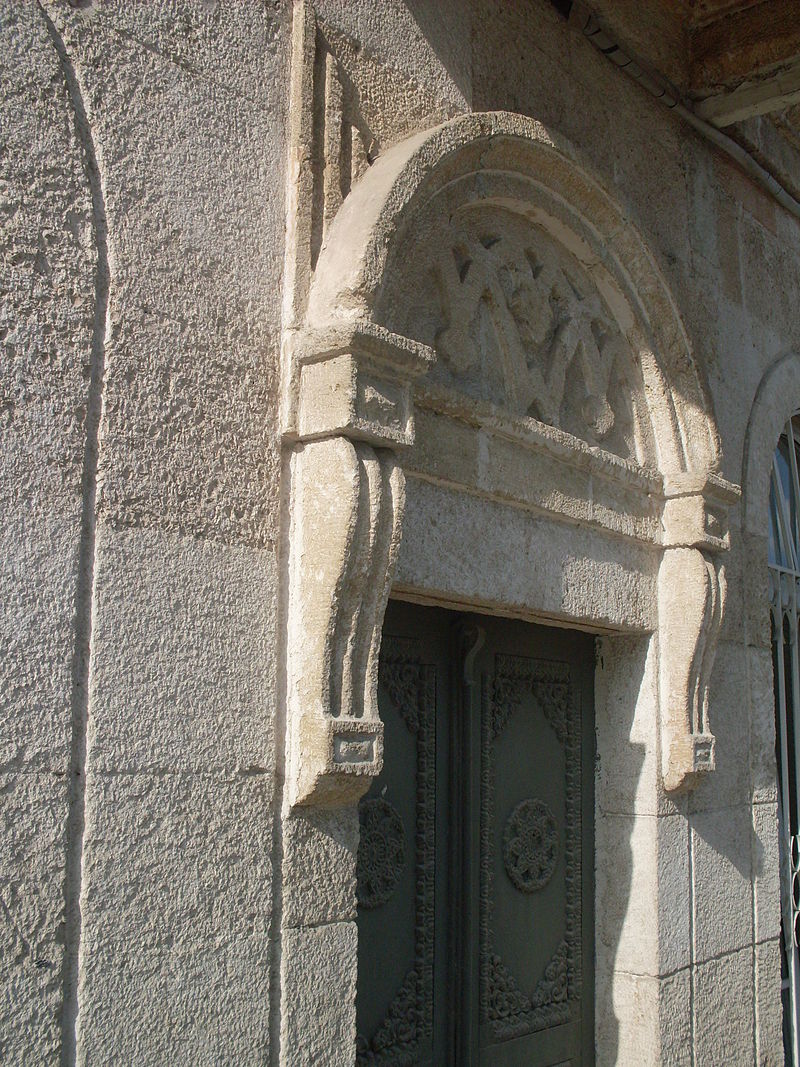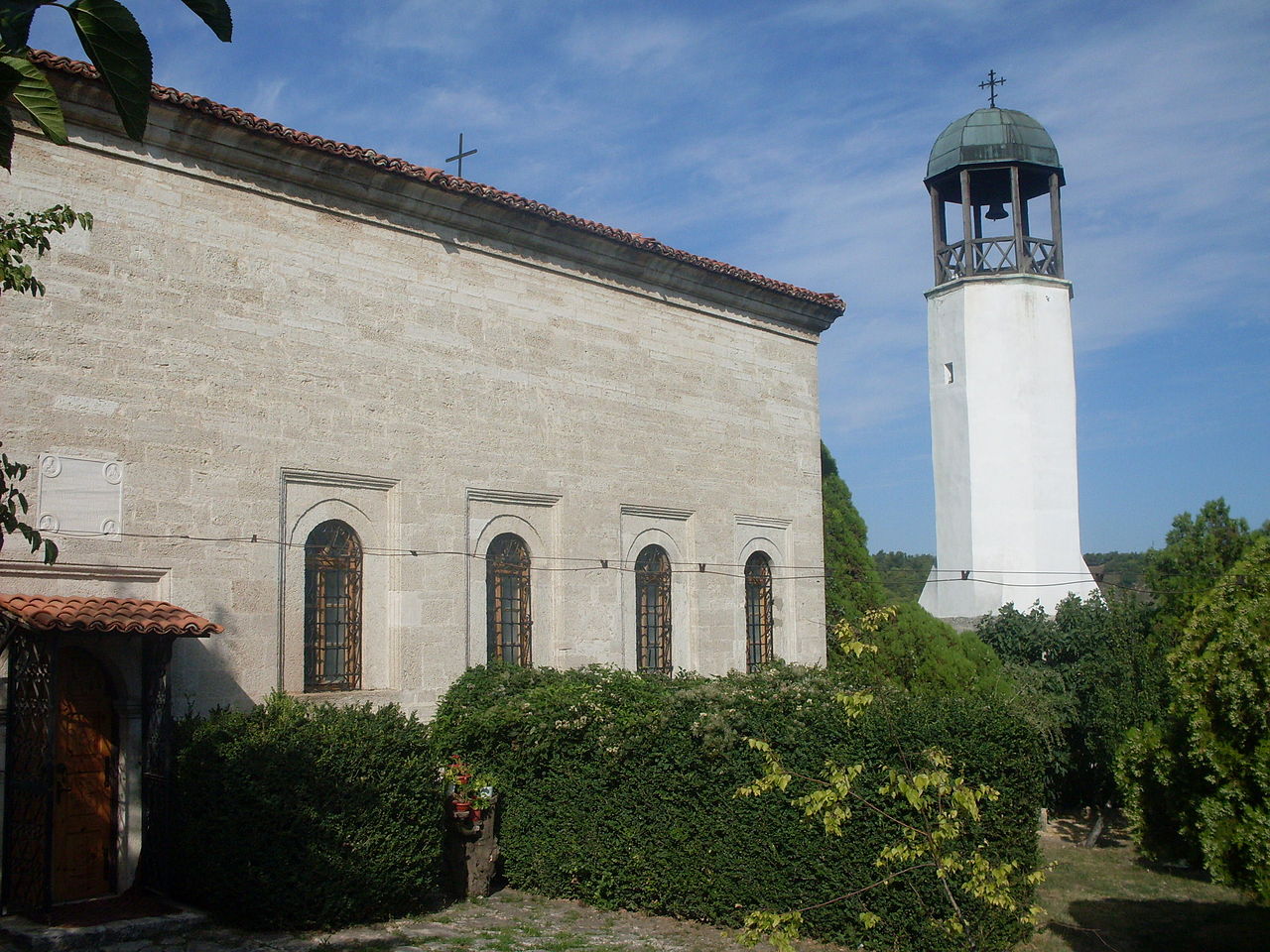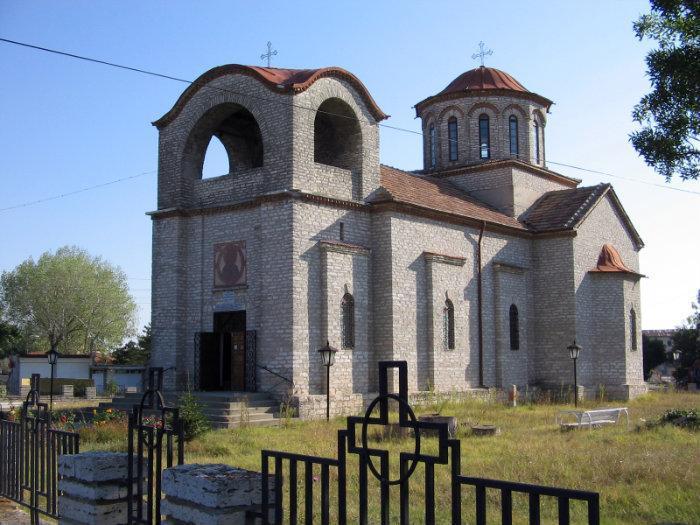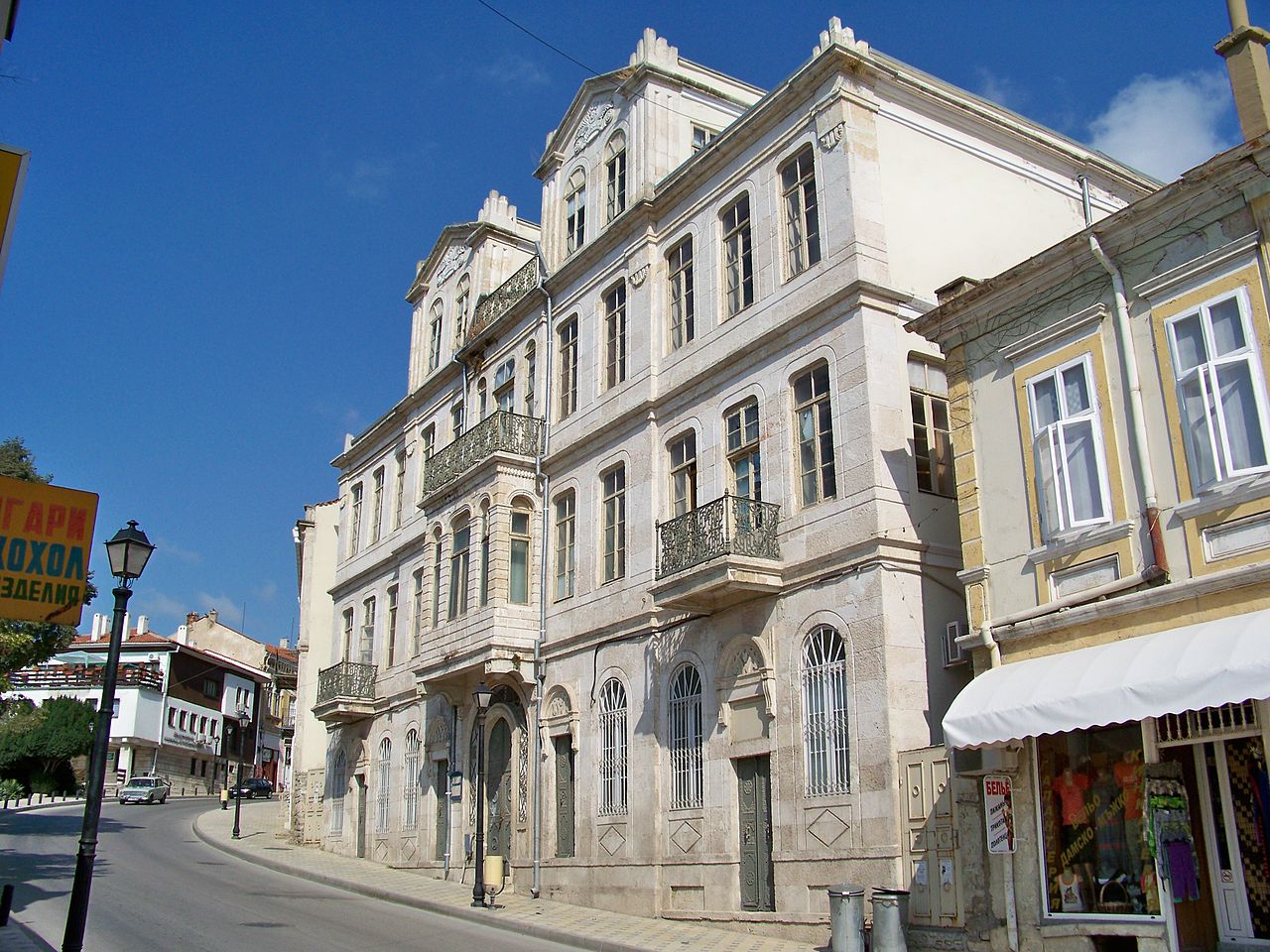![]()
Saint Emilian / Emilianos Dorostolski is a martyr revered with a feast day by the Bulgarian Orthodox Church.
According to his biography, he was born in Durostorum (now Silistra Bulgaria), where he spent his life as a servant (or slave) to the mayor.
He lived in the time of Emperor Julian (the apostate).
Emperor Julian sent a new governor to Dorostol charged with the task of eradicating Christianity from the city.
Frightened by his fame as a very cruel ruler, the local inhabitants hide from him that there are Christians among them and declare that they all worship the pagan gods.
Satisfied, he gives a feast to the citizens, but for the zealous Christian Aemilianus (Emilianos), the boasting of the pagan governor is unbearable, and during the feast he smashes the statues of the pagan gods in the sanctuary with a hammer.
An innocent person is accused of the crime, but knowing this, Emilian appears before the governor and confesses his guilt.
The city was fined for harboring Christians, and Aemilianus himself, after torture, was burned at the stake by the Danube[1] (river) on July 18, 362; this date is today the day of his veneration by the church[2].
It is assumed that the life of Saint Emilian was written immediately after the saint's death – the end of the 4th and the beginning of the 5th century. Its earliest variants are generally two.
The first is based on the so-called Codex Vaticanus 866 (published by Boschius in 1868), and the second is based on the so-called Codex Parisiensis of the 9th century (published by François Halkin). Although the Codex Parisiensis largely repeats the Codex Vaticanus, there is a difference between the two lives in both the date of Aemilian's martyrdom and the location of his obituary. According to the first, Emilian was burned at the stake on September 3 in Gedina (localized near the present-day village of Golesh), and according to the second, it happened on July 18 in Gezedina, right next to Durostorum (fortress).
Information about Saint Emilian can also be found in blessed Jerome, and saint Ambrose (Ambrosius) of Milan, Theophanes the Confessor and Nicephorus Callistus.
In the Church-Slavic hagiography, the life enters mainly from its later copies in the Paschal Chronicle (Chronicon Paschalae), the Synaxarium (Church book with the service text dedicated to the sant) of the Constantinople Patriarchate (Synaxarium Constantinopolitanum) and the Monthly Message of Emperor Basil II (Menologium Basilii (Basilius) II).
A major difference between the early lives and their later editions is Aemilian's social status.
According to the late Church Slavonic redactions, he was a slave / servant of the mayor of Durostorum (today city of Silistra Bulgaria), while according to the earlier ones he himself was of noble birth – his father Sevastian was the governor of the city – and was a soldier (presumably from the XI Claudius Legion)[3].
Sources
1. Georgi Atanasov, 345 early Christian saints-martyrs from the Bulgarian lands I – IV centuries / Publisher: Unicart ISBN: 9789542953012 / page 11
2. Lives of the Saints. Synodal publishing house. Sofia, 1991. pp. 337-338.
3. St. Emilian Dorostolski: My name is Christian
Other Research sources
- Constantinesco, R. Les martyrs de Durostorum. – Revue des Etudes Sud-Est Europeennes, 5, 1967, No. 1 – 2, 14 – 19.
- G. Atanasov. St. Emilian Dorostolsky († 362) – the last early Christian martyr in Mysia. – In: Civitas divino-humana in honor of Professor Georgi Bakalov. S. 2004, 203 – 218.
- Ivanova, R., G. Atanasov, P. Donevski. History of Silistra. T. 1. The ancient Durostorum. Silistra-S., 2006.
- Atanasov, G. The Christian Durostorum-Druster. Varna, 2007.
